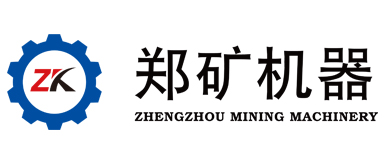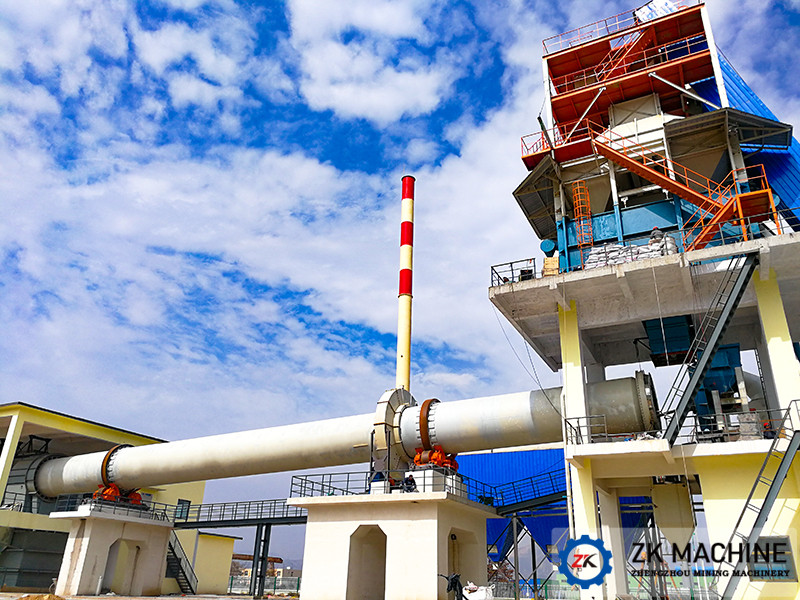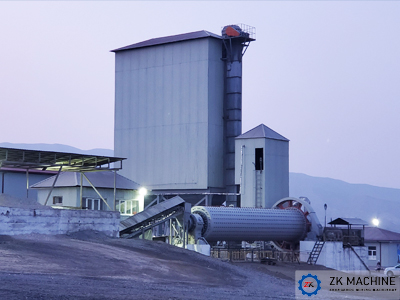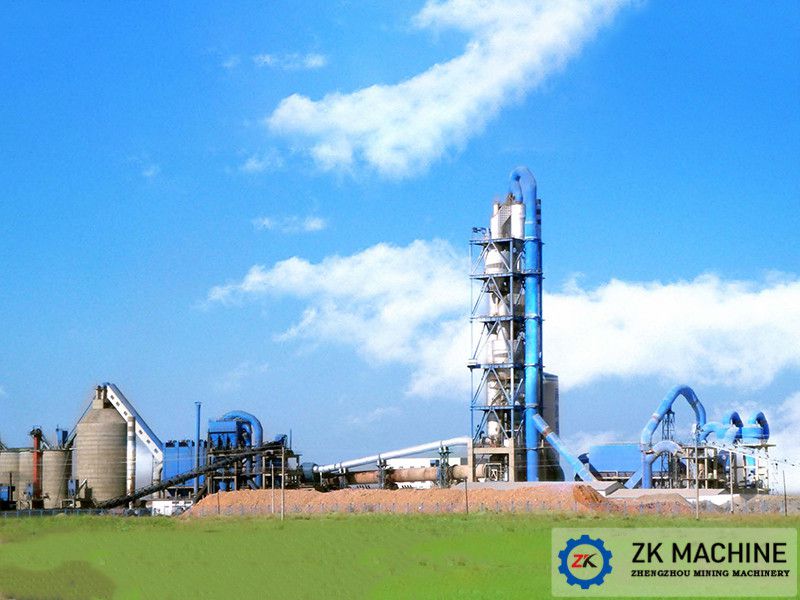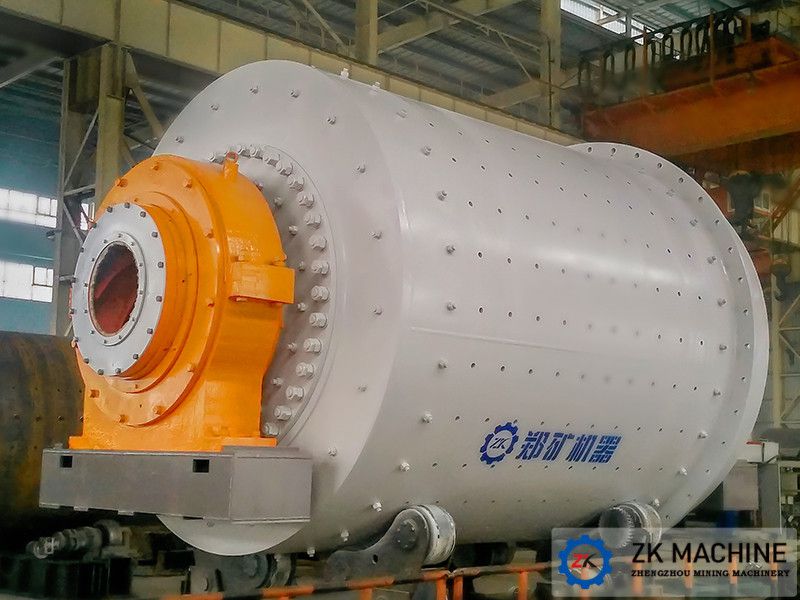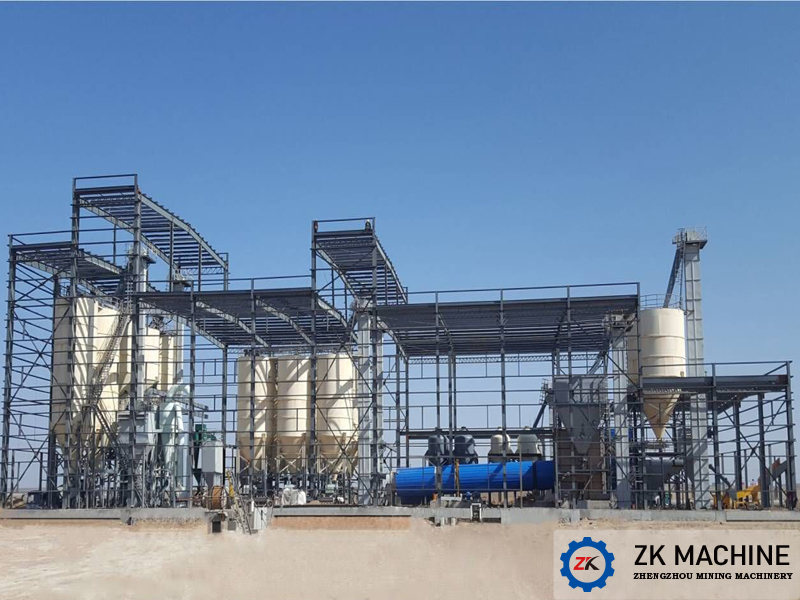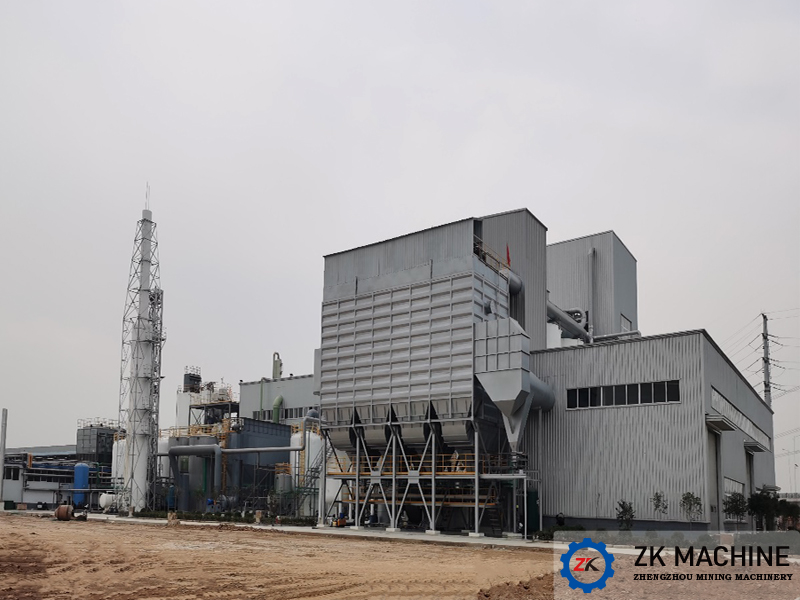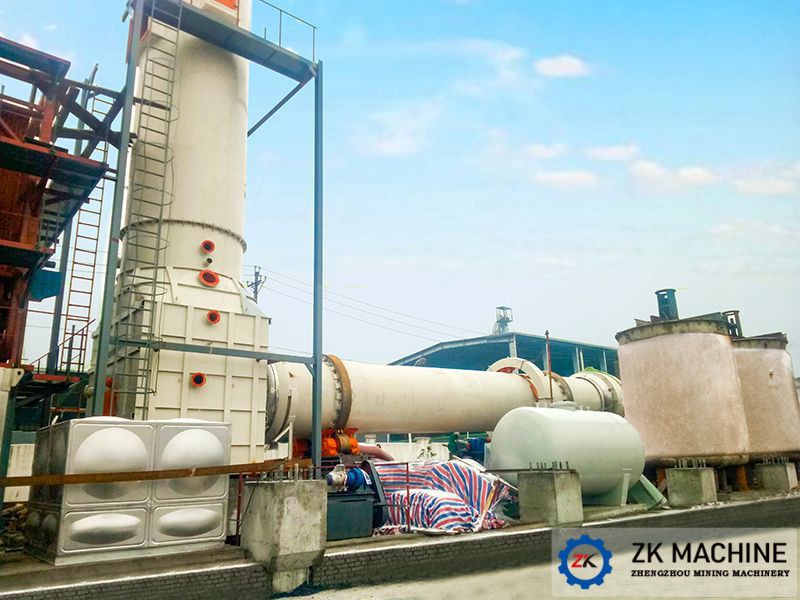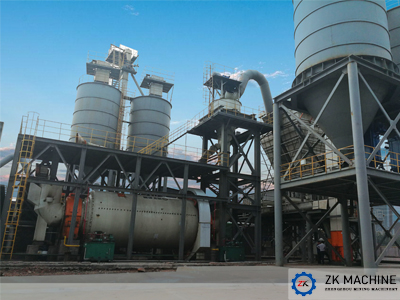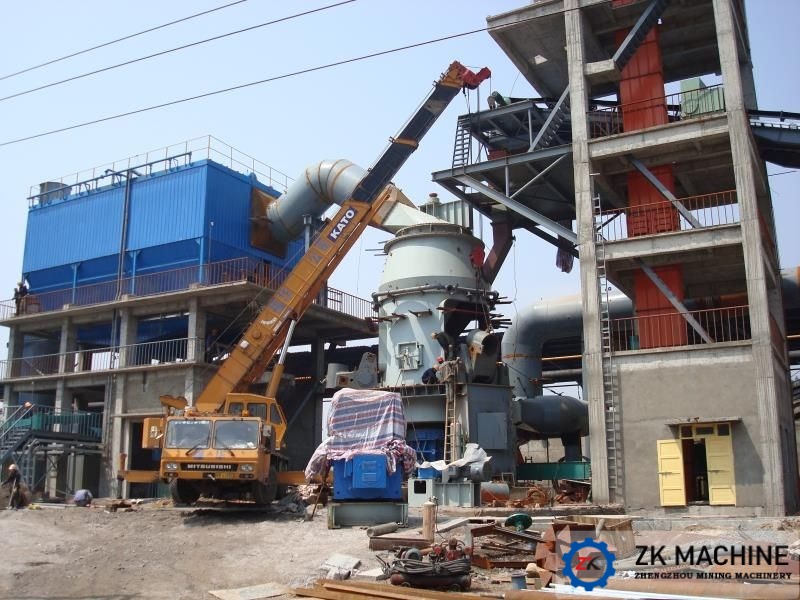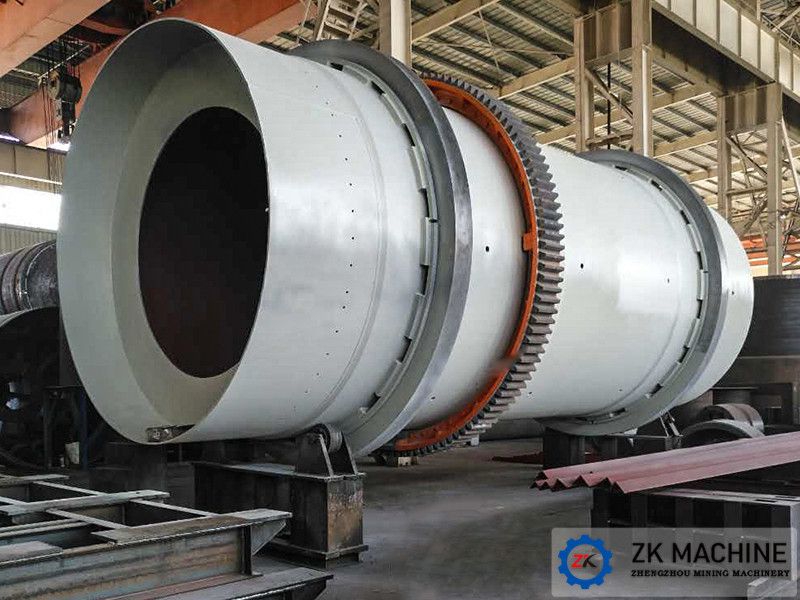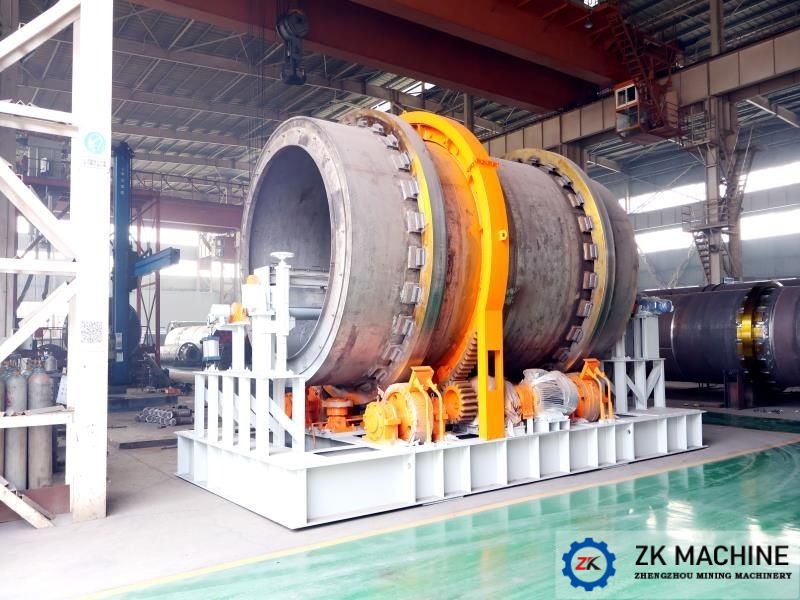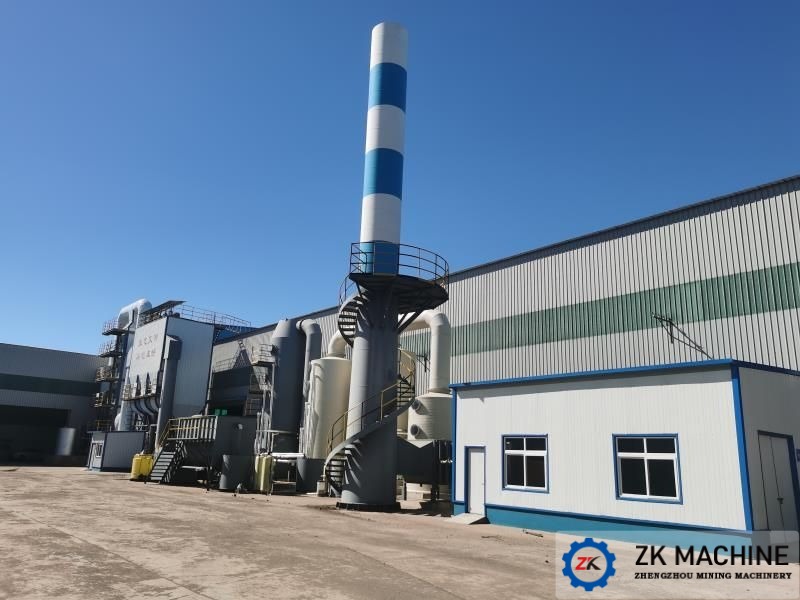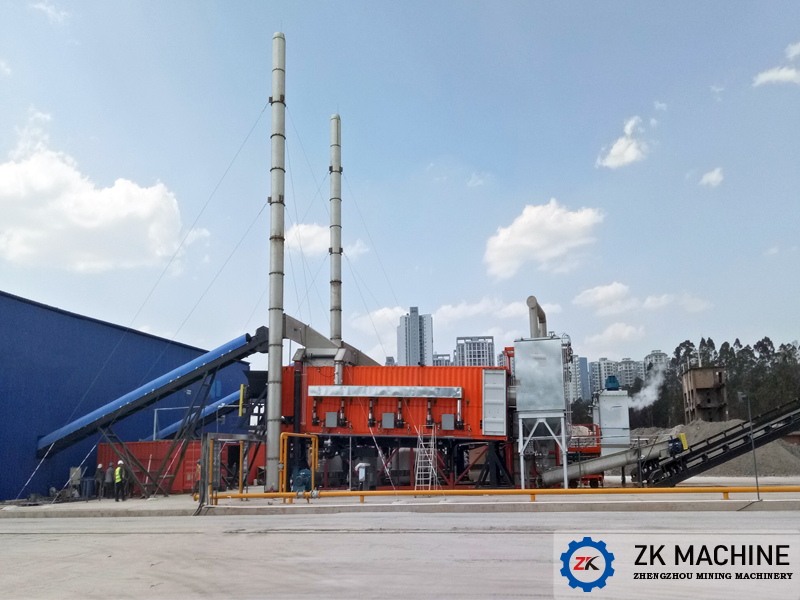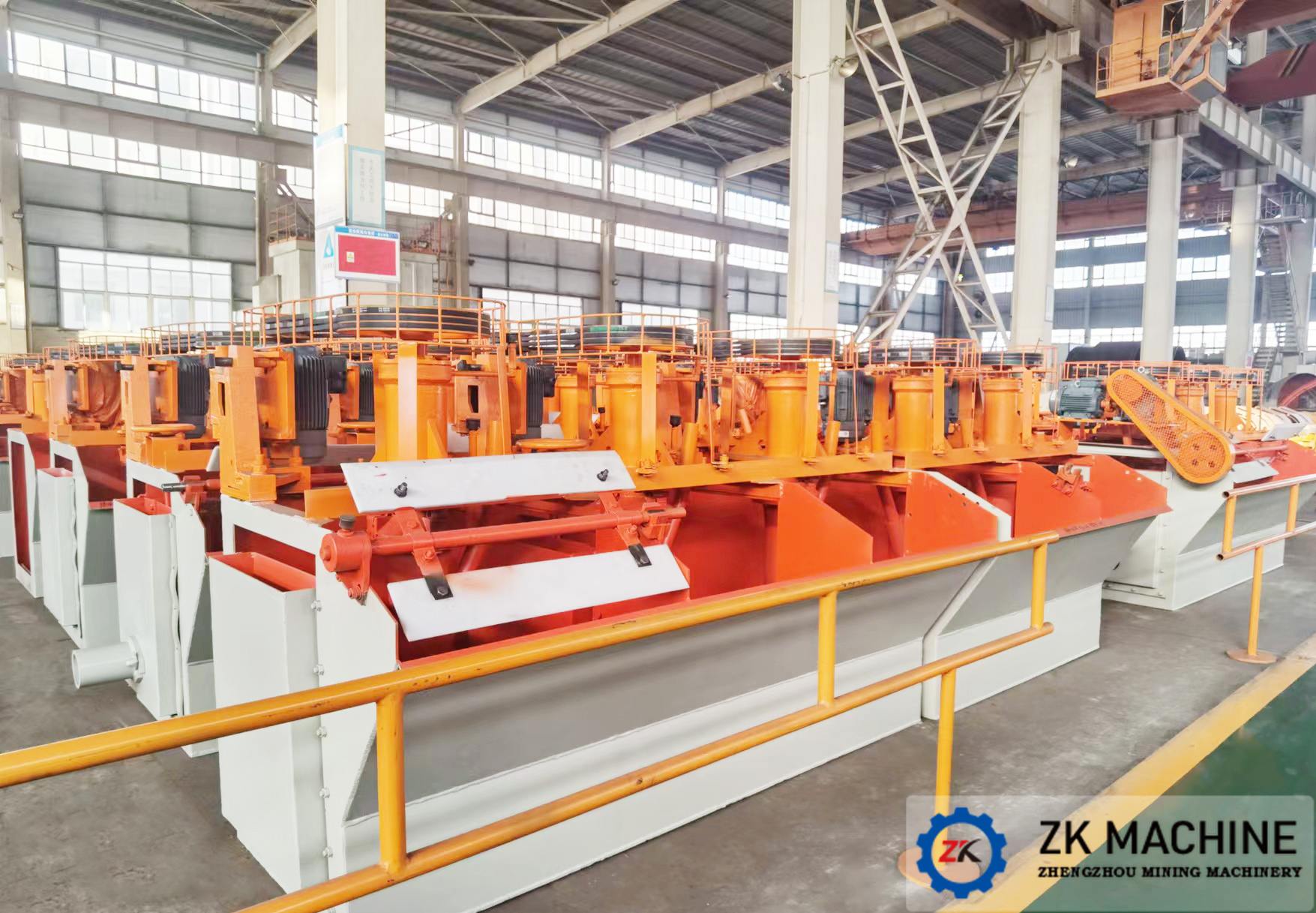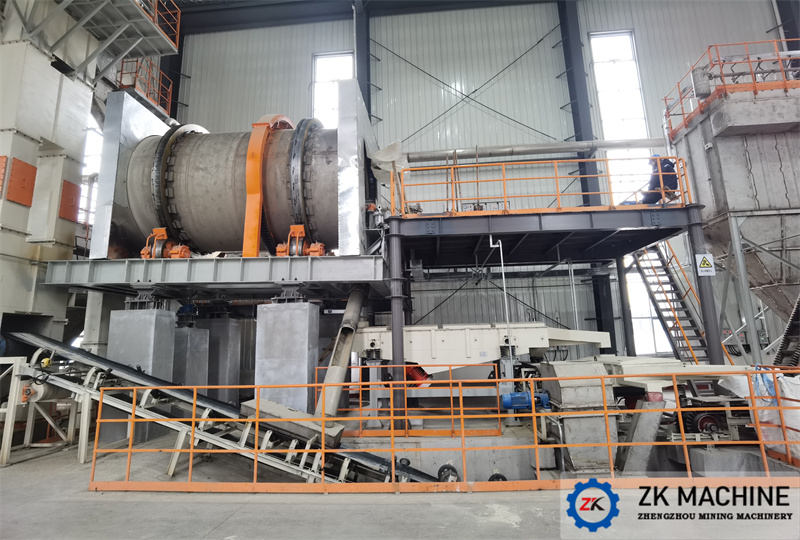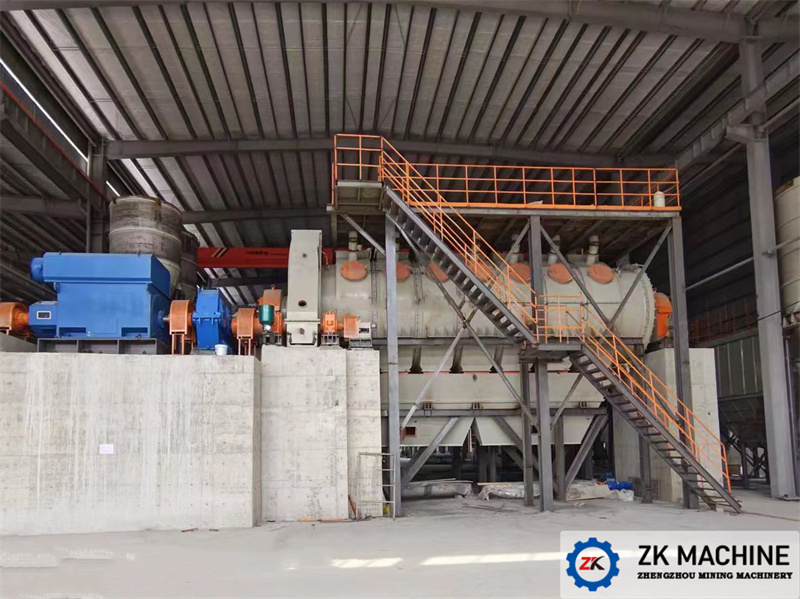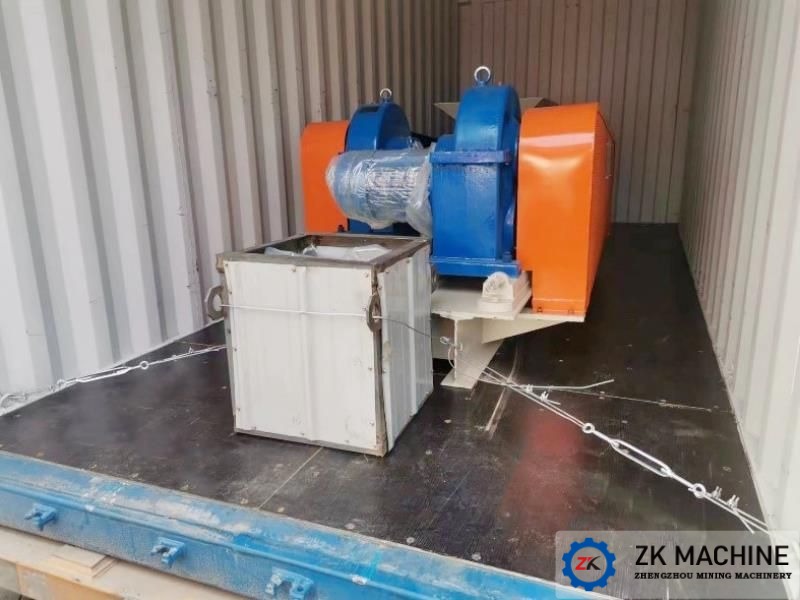Hazardous Waste Incineration Rotary Kiln Equipment Introduction
1. Brief introduction of hazardous waste incineration rotary kiln equipment
Hazardous waste incineration rotary kiln is mainly used for comprehensive hazardous waste incineration treatment. According to the material characteristics and incineration process requirements of comprehensive hazardous waste, this type of rotary kiln has the characteristics of complete incineration, strong adaptability, high operation rate, low energy consumption, and easy operation and maintenance.
2. Working principle of rotary kiln for hazardous waste incineration
Hazardous solid waste (including medical waste) to be treated enters the kiln from the feed end (high end) of the cylinder for incineration. Due to the inclination and slow rotation of the cylinder, the material from the feed end (high end) to the discharge end (low end) of the cylinder will produce a comprehensive motion that not only rolls along the circumferential direction but also moves along the axial direction, and the solid waste in the kiln Internal combustion and decomposition, the solid waste after basic treatment is discharged from the discharge end (low end) of the cylinder, and enters the second combustion chamber for the next step of treatment. The fuel is sprayed into the kiln barrel from the feed end (high end) of the barrel, and completes heat exchange with the solid waste entering the barrel.
3. Structural features of rotary kiln for hazardous waste incineration
3.1 The cylinder is supported by two gears, and the supporting parts are thickened, and the welding adopts automatic submerged arc welding; the kiln tail guard plate is made of cast heat-resistant steel, which is easy to replace.
3.2 Supporting device for supporting wheel and supporting device for retaining wheel: the use of rolling bearings simplifies the structure of the supporting wheel, improves the reliability of the overall operation, reduces the useless power loss during the operation of the cylinder, and makes maintenance and repair more convenient.
3.3 The transmission part adopts frequency conversion speed regulating motor, which can adjust the speed at any time according to the specific situation, relying on the frequency conversion motor and gear drive system to provide power to rotate and stop. Energy saving and environmental protection, high efficiency and high precision speed regulation, stable operation.
3.4 Auxiliary transmission: Auxiliary transmission motor is used to ensure that the rotary kiln can still operate when the main power supply is interrupted, to prevent bending and deformation of the cylinder and to facilitate maintenance. It is also equipped with electro-hydraulic block brakes to avoid reverse rotation when the kiln is stopped.
3.5 Kiln head and tail sealing device: three-layer flexible sealing (stainless steel sealing scale + carbon silicon aluminum fiber composite board + stainless steel sealing scale) combined with labyrinth structure sealing, low air leakage rate, better sealing performance and higher reliability. Moreover, the service life is longer and the replacement is convenient, which can significantly reduce its maintenance cost.
